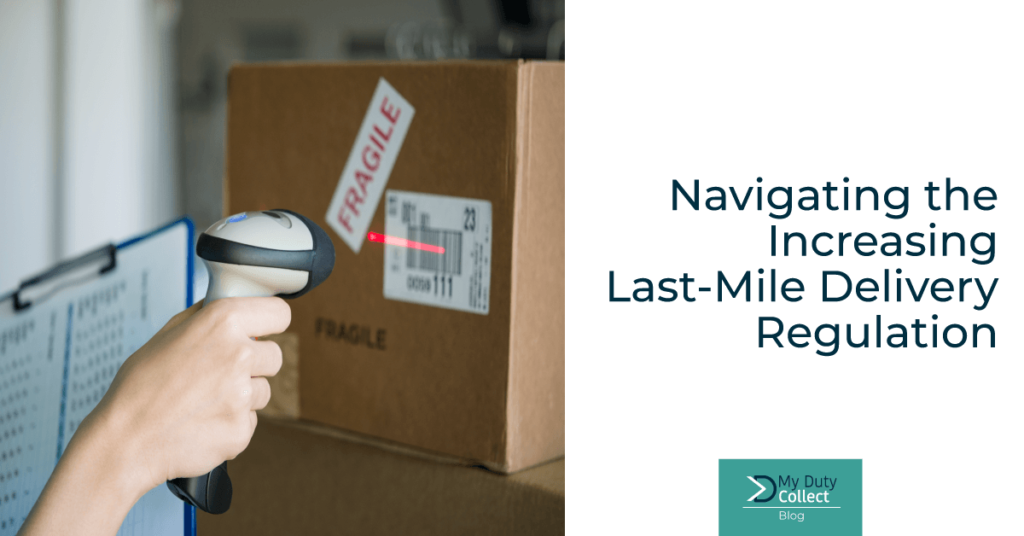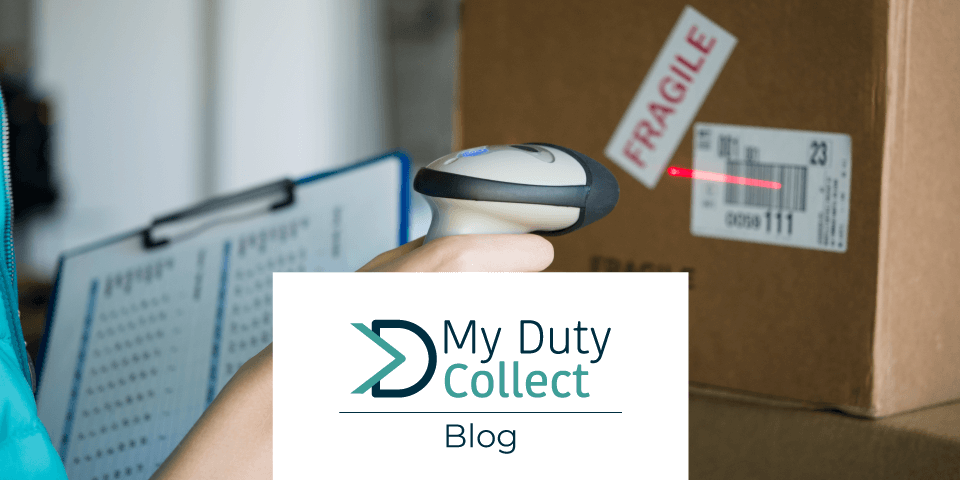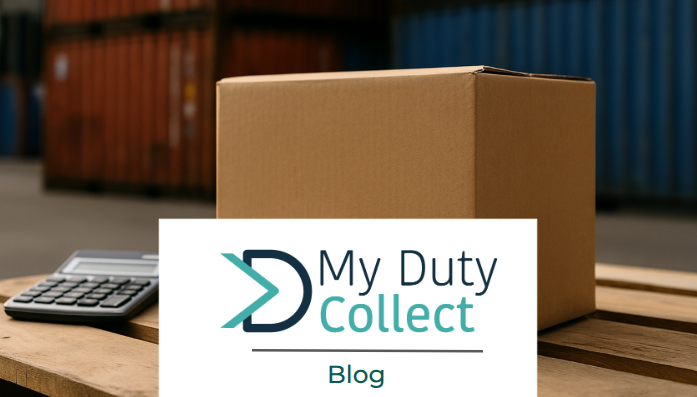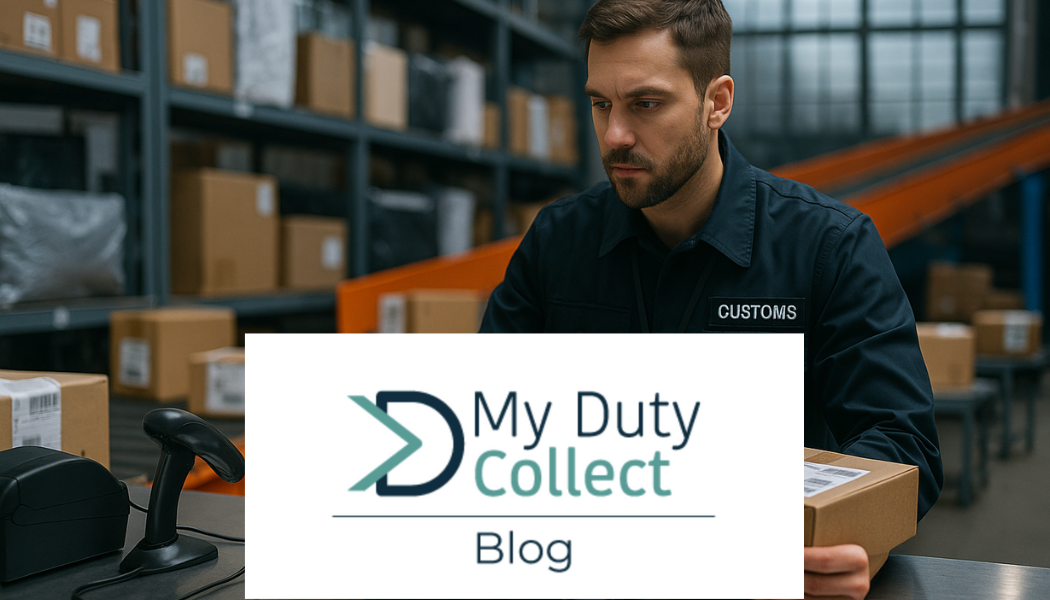In the era of rapid e-commerce growth and the ever-increasing demand for efficient logistics, the last-mile delivery industry has taken center stage. However, with this surge in activity comes a pressing need for regulatory oversight. Governments around the world are recognising the importance of managing the impact of last-mile deliveries on traffic congestion, environmental sustainability, and the welfare of workers. In this blog post, we will explore the rising trend of last-mile delivery regulation and its implications for businesses, consumers, and the planet.
–
READ MORE: Green Initiatives in Postal Last-Mile Delivery
–
Understanding Last-Mile Delivery
Before diving into the realm of regulations, let’s define what we mean by “last-mile delivery.” It refers to the final leg of the delivery process, where packages are transported from a distribution center to the customer’s doorstep. While this may sound straightforward, it encompasses a complex web of logistics, involving multiple parties, including retailers, delivery service providers, and independent couriers.
The Need for Regulation
The explosive growth of e-commerce and the consequent surge in last-mile deliveries have triggered a multitude of challenges that require attention. Some of the key drivers for increasing last-mile delivery regulation include:
a. Traffic Congestion: The exponential rise in delivery vehicles navigating urban areas has contributed to traffic congestion, leading to longer commutes and increased greenhouse gas emissions.
b. Environmental Impact: Last-mile deliveries heavily rely on fossil fuel-powered vehicles, contributing to carbon emissions and air pollution. With growing concerns about climate change, reducing the environmental impact of these operations has become a top priority.
c. Worker Welfare: The rise of the gig economy has brought forth concerns about the welfare and rights of delivery personnel. Issues such as long working hours, lack of benefits, and unsafe working conditions have prompted calls for increased protections.
Examples of Last-Mile Delivery Regulations
Governments and local authorities worldwide are taking steps to address the challenges associated with last-mile delivery. Here are a few notable examples of regulatory efforts:
a. Congestion Pricing: Some cities have implemented congestion pricing schemes to deter excessive vehicle usage during peak hours. This approach aims to incentivize companies to optimize their delivery routes and promote the use of alternative modes of transportation.
b. Low-Emission Zones: Several cities are establishing low-emission zones, restricting the entry of polluting vehicles into designated areas. This encourages the adoption of electric or hybrid vehicles for last-mile deliveries, leading to a significant reduction in carbon emissions.
c. Delivery Time Windows: By implementing delivery time windows, authorities aim to streamline traffic flow and minimize disruptions during peak hours. This encourages delivery companies to plan their routes more efficiently and consolidate shipments, reducing the overall number of vehicles on the road.
Implications for Businesses and Consumers
While last-mile delivery regulations present challenges for businesses, they also offer opportunities for innovation and improved operational efficiency. Companies that proactively adapt to these regulations by investing in greener fleets, optimising routes, and exploring alternative delivery methods can gain a competitive edge. Moreover, consumers stand to benefit from reduced congestion, cleaner air, and enhanced working conditions for delivery personnel.
Embracing Technological Solutions
To comply with last-mile delivery regulations, businesses can leverage technology to their advantage. Advanced route optimisation algorithms, real-time tracking systems, and the utilisation of autonomous vehicles and drones can all contribute to a more sustainable and efficient delivery ecosystem.

The rise in last-mile delivery regulations is a reflection of society’s growing awareness of the challenges posed by rapid e-commerce growth. By addressing traffic congestion, environmental impact, and worker welfare concerns, these regulations aim to strike a balance between convenience and sustainability. Businesses that adapt and embrace technological advancements will not only comply with these regulations but also pave the way for a more efficient and eco-friendly last-mile delivery landscape. Ultimately, the collaborative efforts of stakeholders will play a crucial role in shaping the future of last-mile delivery, benefiting both businesses and society as a whole.
Subscribe to our blog and visit our website and LinkedIn page for more updates. You can also reach out to us by sending a message to info@mydutycollect.com. We will be delighted to hear from you.




